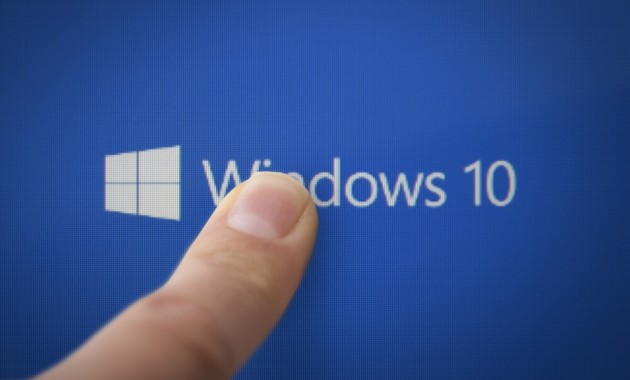The Windows Task Manager displays and tracks all of your computer’s processes. Task Manager can provide details about what programs are active, how much memory and CPU are being used, which programs are being launched at system startup (in Windows 10), and which services are currently active. But there are other things you can do, including closing programs. The Task Manager in Windows can be accessed in several methods, detailed in this article.
Ways to Access the Task Manager
Press Ctrl+alt+ delete
The Ctrl+Alt+Delete three-finger salute is one you’ve probably seen before. Before Windows Vista, you could access the Task Manager by simultaneously hitting the Ctrl, Alt, and Delete keys. You can lock your computer, swap users, log out, and launch Task Manager.
Use the Ctrl + Shift + Esc Shortcut
The Ctrl + Shift + Esc combination is another option; it’s similar to the Ctrl + Alt + Delete combination used before but has a few key differences.
If you’re having trouble accessing the Task Manager, try pressing Ctrl + Shift + Esc instead of Ctrl + Alt + Delete, which will take you directly to the Task Manager without requiring you to go through the Windows Security menu first. Use this if time is short of the essence and you need to open the Task Manager swiftly.
The Power User option on your Windows PC allows you to access the Task Manager. The first is to right-click on the Windows icon (Start menu) in the far left corner of the desktop. Alternatively, you can use the keyboard shortcut (Windows Key + X) to accomplish the same. Pick the Task Manager option, and the Task Manager window will open.
Launch Task Manager From the Taskbar
You may access the Task Manager by performing a right-click anywhere on the taskbar of your Windows 10 computer or by right-clicking the Windows icon in the taskbar of a Windows 10 computer and then selecting “Task Manager” from the menu of options that appears.
The following steps need to be taken to launch the Task Manager in Windows 10/11 using the taskmgr EXE file:
- In the Start menu search field, type “taskmgr.exe” and select the item that is the best match. You will see the Task Manager appear on your computer in seconds.
Use the Control Panel
You can also open the Task Manager by navigating to the Control Panel, which is a far more straightforward method than the one outlined above. To begin, open the Start menu’s search bar, type “control panel,” and select the one that provides the most relevant results.
Go to the search function in the top-right corner of the Control Panel. Type “task manager” into the search box, and then select the Task Manager option from the results list.
Command Line (Command Prompt and Windows Powershell)
In the window’s search field, type either “Command Prompt” or “Windows PowerShell”, then select any one. You can accomplish this by searching for the appropriate program and selecting it from the list of results. Please be patient while the app loads completely. Type taskmgr. You notice some copyright text at the very top and the path to your user folder. Enter the instruction, then hit the Enter button.
Run Dialog Box
To open the Run dialogue, simultaneously press Win, and R. Once the Run dialogue box has been opened, type taskmgr into it, then hit Enter or click OK.
File Explorer
In the window’s search field, type “File Explorer” and open the file. To enter a URL, click the address bar. Enter %SystemDrive%WindowsSystem32 in the text box. You can either hit the Enter key on your keyboard or click the arrow to the far right of the search box. In the search bar in the upper right, type “Taskmgr,” and then open the application.
Opening Task Manager in Windows 10
It can let you see and fix the processes that are running behind your PC while at the same time displaying the program history, user details, and service details of your Windows operating system. This is in addition to helping you fix occasional hang-ups of Windows that appear from time to time.
Conclusion:
The Windows Task Manager is an extremely powerful tool that, when used properly, can significantly boost one’s productivity. You will be able to see which applications are currently active and terminate those that are generating problems.
Because you’ve read this post, you are now familiar with several different ways to launch Task Manager on Windows 10, allowing you to have a more positive experience when using it.
